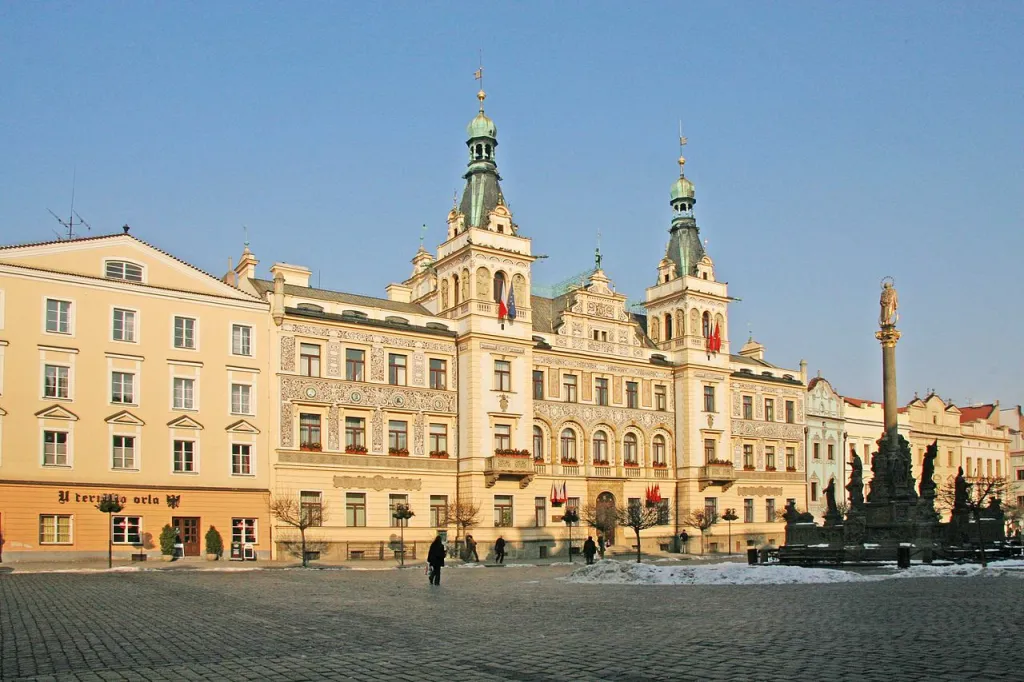Preparations for a construction project in a small town in the Czech Republic led to the discovery of remnants from a much older town from the Iron Age, around three millennia ago.
As reported in Prague Morning, archaeologist Tomáš Zavoral of the East Bohemian Museum in Pardubice said the roughly 3,000-year-old findings pertained to a semicircular settlement with a small square and wood-lined well.
Parts of a possible dwelling including an entrance, columns, and a wall signal a structure made with coal and plant material covered with clay, with a masonry roof. Other findings include pottery and bones, which are being analyzed along with soil samples from the site.
Kateřina Formánková, the head of research related to the discovery, told Radio Prague, “The basic documentation consists of drawings and photographs. In the case of interesting finds, soil samples are taken for washing or further analysis. We also collaborate with other disciplines, such as natural scientists, who find seeds there, which they use to date what the landscape looked like.”
Zavoral added that the latest finding falls in line with other significant archaeological discoveries around Pardubice, which is about an hour east of Prague by train in the central Czech Republic. Of these other finds, he explained, “The early medieval burial mound cemetery is interesting, but we also have a grave from the Eneolithic period, cremation graves from the late Bronze Age, and part of a medieval settlement.”
